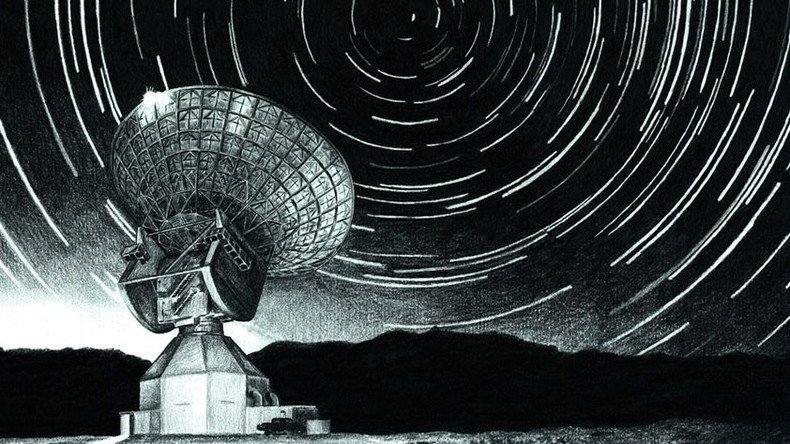ESA’s ‘message in a bottle’ project to transmit radio contributions 434 light yrs to North Star

The European Space Agency (ESA) has extended a deadline for submissions for its “Simple Response to an Elemental Message” project, where an interstellar “time capsule” will be transmitted from Earth towards the North Star, Polaris, 434 light years away.
Individuals are being encouraged to make their own contributions to the project, which is due to be transmitted by October 10, 2016 for a centuries-long voyage.
The project is a collaboration between the ESA, the UK Astronomical Technology Centre, and the University of Edinburgh.
Organizers aim to collect diverse statements from people of different backgrounds in an attempt to understand how those from different geographical locations perceive what the future holds for Earth by asking, “How will our present environmental interactions shape the future?”
READ MORE: NASA captures image of ‘starburst’ galaxy forming 100s of stars every year
Submissions will be transmitted into deep space via the Cebreros station in Spain on an interstellar light-speed journey creating what ESA said would be, in effect, a “message in a bottle.”
“The purpose behind choosing the North Star for the signal is primarily due to the iconography associated with this object as the ‘most practically useful star within the heavens’ and the intimate nature of this relationship with our own species/Earth for the past 1000 years,” project coordinator Paul Quast previously told the Observer.
#ASimpleResponse We have great minds, great information, great technology but there is also great ignorance, great apathy, great greed
— Kirstie Randle (@KirstieLouRan) July 30, 2016
Submitted independently from 3 locations; #Hatton#Scotland , #Frankfurt#Germany & #Phoenix#Arizona "Only...1/2 pic.twitter.com/CbZ1ZcXO3D
— A Simple Response (@ASimpleResponse) July 25, 2016
“Traditionally, this star has been used as a True North indicator which has helped individuals lost within their environment to ‘find their way’ around Earth’s Northern hemisphere, a postulated position which maintains a strong association with the concept of survival,” he added.
Researchers hope to analyze the contributions to see if there is a link between an individual’s geographical locale and their overall views on the future of the planet.
The deadline for the submissions is now September 16.











